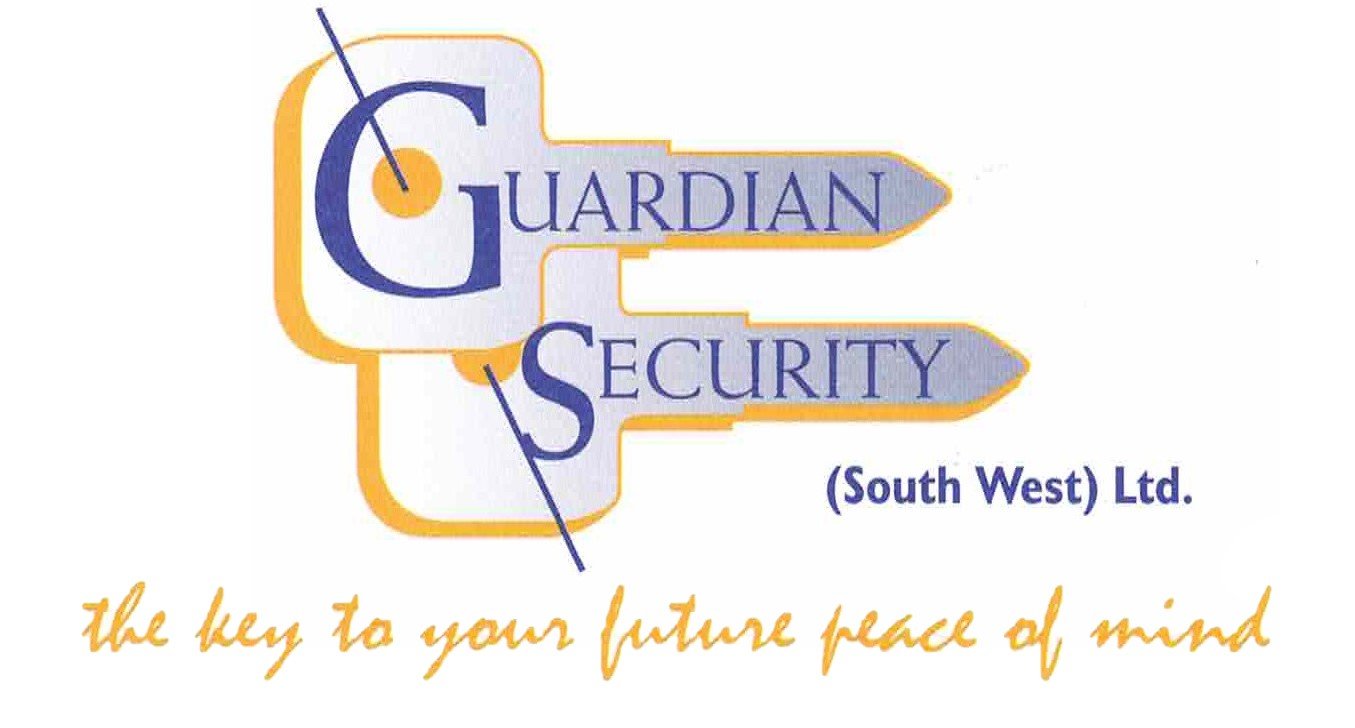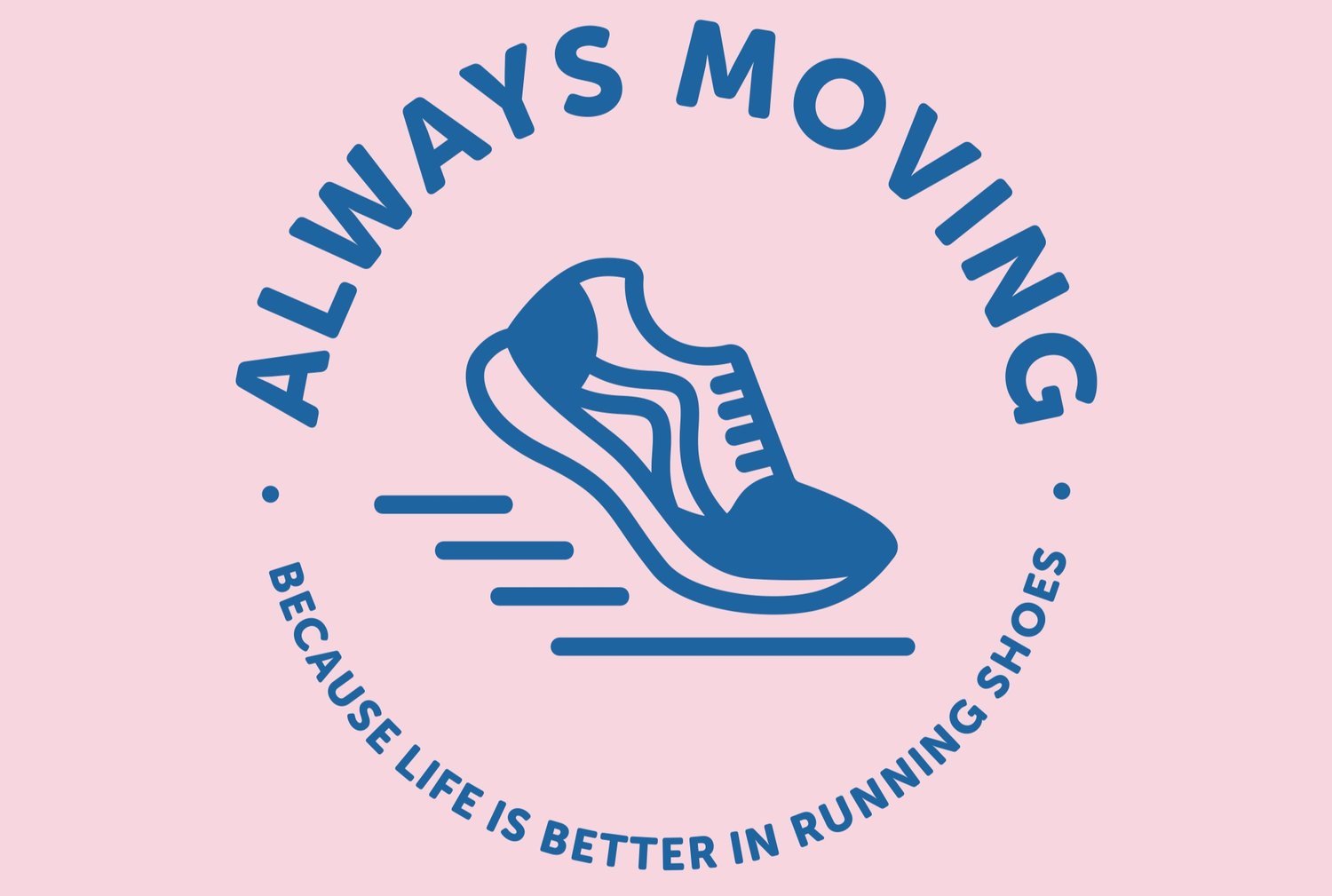COURSE MEASUREMENT
Information on this page is taken from Association of UK Course Measurers website: http://coursemeasurement.org.uk
Most runners, who are interested in their performance, realise the importance of having courses accurately measured in order to make comparisons of times sensible and to make PBs and records possible
On this site you can find out how Course Measurers, trained & qualified by the Association of UK Course Measurers, help race directors provide courses with an error of less than 10m in a 10km race.
Have a look at the following: A short description of course measuring.
Read our introductory lesson on how a measurer does the measurement and his calculations.
Read the history of how the late John Jewell set up modern course measurement in the UK 45 years ago.
However, if you are more interested in the courses than how measuring it is done and you run in the Midlands or South of England, then we have lists of every course which has been certified accurate during the last 20 years organised by county, and has received a Certificate of Course Accuracy. We also have the latest lists of courses from the North of englandYou will find that for courses in the South measured since the beginning of 2004 we have a copy of the map made by the course measurer, showing the exact route. So you can check whether the course you ran was exactly the one measured by the UKA accredited Course Measurer.
A final word of warning: course distances indicated by Garmin and other GPS devices are much less accurate than those measured by a UKA accredited course measurer on his carefully calibrated bicycle. Have a look at our GPS USERS page.
Organisers of Races licenced by UKA or ARC
The first thing most runners consider is how long is the race. Then, most want to know if it is has been accurately measured so they can evaluate their performance and especially if they hope to achieve a personal best.
You will need to get your race measured by an official course measurer and then you will be issued with a UKA or ARC Certificate of Course Accuracy as appropriate. Official measurement is a condition for the issue of a race licence by the governing bodies. The only UKA or ARC races which do not need a certificate are those which do not advertise a distance, or those which are multi-terrain and therefore can not be guaranteed to be accurate. N.B. Certificates are not issued for events which are not under UKA or ARC licences.
Once you have your certificate you may use this "Certified Accurate" logo in your advertising. It is instantly recognised by officials and most runners as a guarantee of measurement accuracy. The Power of 10 Rankings only recognise performances on courses licensed by UKA and which have a Certificate of Course Accuracy
Runners with GPS sometimes challenge a race distance, but if you have had an official measurement you can tell them your certificate is listed on this website. You can also point them towards the section on this website for GPS Users, which explains why GPSs are not so accurate.
If the race course and the marshaling has not changed you may renew your certificate every year for up to 10 years before it has to be inspected or measured again.
In the right hand panel are some questions often asked by Race Organisers. Each links to the answer.
USING GPS IN ROAD RUNNING
GPS units are NOT accurate and consistent enough to measure a course for certification.
Course measurers need to use their calibrated bikes in order to guarantee to get 10km course within 10 metres (0.1%) of its advertised length. In the links on the right we report tests by measurers of GPS which give results that are sometimes in error by 30 to 50m for a 10k, even when satellite visibility is good. When obstructions block the view of the sky the results can be much worse.
Analysis of results from runners' GPSs often give even poorer results, for a variety of reasons. In one race average result from 26 runners GPSs was 220 m long per 10km (2.2%). (See on right)
There is no doubt that, despite its inaccuracies, a GPS is very useful for approximate measurements of training routes, and splits, and for race directors trying to plan a course before calling in a course measurer for an accurate measurement for certification purposes. We will be preparing a list of tips about getting the best out of your GPS.
Tracks from runners' GPSs are occasional helpful to measurers investigating whether a course has been run as measured, and that major short cuts have not be taken., e.g. GPSs showed that a turning point might have been accidentally wrongly located by the race organiser , this was confirmed by a course reameasurement. On another occasion the tracks from 4 runners showed that a race route had been changed by the race director without seeking a remeasurement and certification. So it may be useful to send in a GPS track if you think the wrong route may have used.
There are alternative procedures for rough course measurement using maps, or online mapping software. With care these can be accurate to better than 1%. This was the way we used to estimate distances before GPS became widely available. Even today a race director or a measurer may make a rough estimate for planning purposes using a map techniques, before a measurement with a calibrated bicycle is undertaken.
MEASUREMENT OF OFF ROAD SURFACES
This new section of the website is in preparation and will in due course provide guidance to measurers and race directors on the measurement of off-road surfaces.
The majority of the work of course measurers is to measure for races to be held on sealed roads surfaces which can be measured to according to IAAF procedures and issued with a certificate of course accuracy which can be used to guarantee the distance to the IAAF's internationally accepted standard of accuracy of 1 metre in every km.
The IAAF require road race surfaces to be hard/sealed surfaces such as tar macadam, concrete, paving slabs or similar. The amount which is allowed on looser off-road surfaces such as gravel, water-bound macadam, dirt trails, or on soft surfaces such as grass or mud is limited.
The practice in the UK for measurements of courses with appreciable amounts of off road is not to issue a certificate of course accuracy to IAAF standards, but to issue a statement of measurement for a multi-terrain course with no guarantee of accuracy.
There is a demand to provide a measurement with a guarantee of accuracy for some of the better of these off road surfaces. Following a request from RunBritain, the Course Measurement Working Party decided in December 2011 to investigate the feasibility of introducing a new category to cover races on these intermediate surfaces. We have introduced a new class of "Registered Distance", covering such surfaces as unsealed gravel cyclepaths and other similar surfaces. We have adopted provisional allowances aimed at ensuring the course is not less than the stated distance. These allowances may be adjusted in future as more data becomes available. Documentation of measurements and photographs of surfaces will be collected in the links on the right panel of this page.
The first of the new Registered Distance documents were issued in April 2012. The members of the CMWP will appreciate any comments from measurers and runners.









